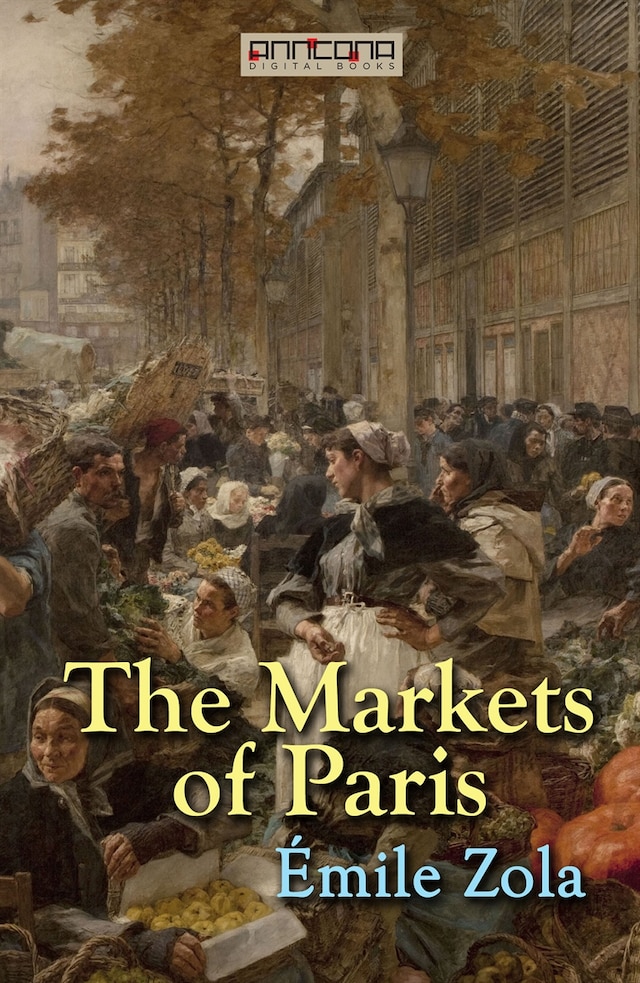
The Markets of Paris
Om bogen
The Markets of Paris, also known under the title The Belly of Paris, is a novel by French author Émile Zola.
The Markets of Paris is a remarkable work, and is the one which Zola calls his very best novel, and of which he is far more proud than of any others in his Rougon-Marquart series – prouder than of L’Assommoir.
It must have been in his early manhood, when poor and friendless, he lived among the people, that much of the information which makes these pages so startlingly vivid, was acquired. How many mornings, long before dawn, must he have visited these markets – how many hours and days must he have spent there, to have mastered the habits, manners and ways of these people, who are a class by themselves, and of whom we do not lose sight, from the beginning to the end of the book.
Zola introduces us to the Parisian charcutier – the cook shop – and in La Belle Lina, the mistress of the establishment, we find the sister of Gervaise, the woman who stirred the depths of our hearts with pity, in L’Assommoir.
In truth The Markets of Paris stands as utterly alone in modern French literature, as it is distinct and apart, from any other work even by Zola himself. It is a book for all to read.
The Markets of Paris is the third volume of the author's Rougon-Macquartseries. Originally published in 1874, as Le Ventre de Paris. Translated by Ernest Alfred Vizetelly. E-Book: ePUB, 135,600 words, average reading time 11 hours, 20 min. Unabridged full version. Also available as audiobook read by Celine Major, running time 8 hours, 9 min.
Émile Zola (1840-1902) was a French writer, the most important exemplar of the literary school of naturalism and an important contributor to the development of theatrical naturalism. He was a major figure in the political liberalization of France and in the exoneration of the falsely accused and convicted army officer Alfred Dreyfus, which is encapsulated in the renowned newspaper headline J'accuse. Zola was nominated for the first and second Nobel Prize in Literature in 1901 and 1902.
 Émile Zola
Émile Zola 456 Sider
456 Sider